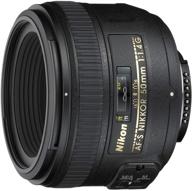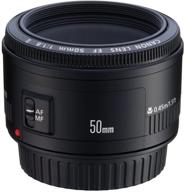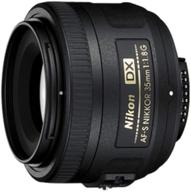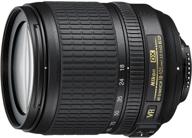
Review on Tokina At X 100Mm F2 8 Macro by Evan Calvert

Exceptionally sharp
This lens is amazing! It's sharp like no other I've seen and beyond the frame (at least in my D7000). The ergonomics are great with the focus-locking mechanism, although you're forced to either use or remove the hood (the inverted hood isn't possible if you want to access the focus ring). Although the limit switch has only two positions, it allows operation at three ranges of distances: full range, magnification from 1:2 to infinity (short telephoto) and magnification from 1:1 to 1:2 (macro): the limitation refers to the Range where the lens is at the moment the switch is moved to the extreme position. The bokeh on this lens is also excellent, focusing speed is good across the range (note that the lens almost doubles its length when focusing at the shortest distance). To compare it to a short, general-purpose telephoto lens, if you hold it from f/2 to infinity, the lens focuses very quickly in good light. Keep in mind that the lens does not have a built-in motor and a body is required to move the focus screw (e.g. there is no autofocus in the D3XXX and D5XXX series). I've seen several low star reviews suggesting that the lens with the bodies mentioned doesn't have autofocus. Distortion is minimal, as is roll-off, but my sample does show some chromatic aberration when shooting high-contrast scenes. I've read some reviews complaining that the aperture drops to f/5.6 when focusing up close! With most macro lenses (I would say all macro lenses, or all macro lenses that use extension tubes or bellows) the light reaching the focal plane will change as you focus closer as elements move away from the focal plane. I'm almost certain that the reduction in light comes with an effective reduction in aperture, affecting depth of field and not just light. While I've read reviews that say the DOF stays the same at infinite maximum aperture, I suspect that's not the case and the maximum aperture changes. The lens reports to the camera body when focusing closer. The f-number changes from 2.8 at infinity to 5.6 at the closest focus distance. Whether real aperture reduction or apparent aperture reduction, the depth of field is so shallow at close range that you can only use 5.6 with flat objects. Any real-world object 1/10 inch deep or more would require f-stops of 16 or more to bring it fully, or even partially, into focus. So, for those who complain about the lens changing aperture, all lenses and devices change aperture, and if you find a lens that doesn't, you'll have to do it yourself to add some level of sharpness receive. Warning: If you're using a modern camera that sets the aperture in the camera body, remember to set the lens's aperture ring to f/32 AND move the aperture ring safety switch (to the right of the f-scale when viewed from here will). above) to the locked position. Otherwise, you may accidentally move the ring out of the "Auto" (f/32) position and get a camera error. The lens has no VR, VC or whatever it is called vibration compensation. While this can be useful at short telephoto, it's useless in macro photography. With true macro photography, you are so close to your subjects that the slightest lateral movement changes focus. You need a tripod! Put on the UV filter as soon as you take it out of the packaging. The front element is so deep in the lens that it is not easy to clean. All in all, if you want to get into macro photography, I don't think there is a better lens on the market today. All you need is one of these lenses and a flash that can be powered by the camera, either wirelessly or with a sync cord, a remote control to operate the camera without touching the camera (also use a mirror), and a tripod .
- Beautiful
- Repair
New products
Comments (0)
Top products in 👓 Lenses

📷 Nikon AF-S NIKKOR 50mm f/1.4G Lens with Auto Focus: Perfect for Nikon DSLR Cameras

76 Review

Canon EF 50mm f/1.8 II Fixed Lens - Discontinued by Manufacturer

93 Review

Nikon 35mm f/1.8G Auto Focus Lens for Nikon DSLR Cameras - Black (Model 2183)

125 Review

New Nikon 18-105mm Vibration Reduction 📷 Zoom Lens with Auto Focus for Nikon DSLRs

104 Review





